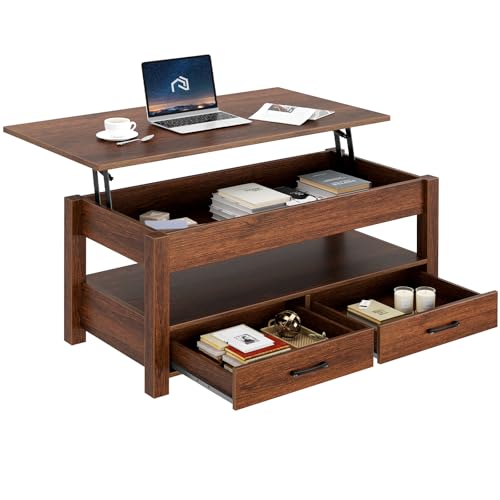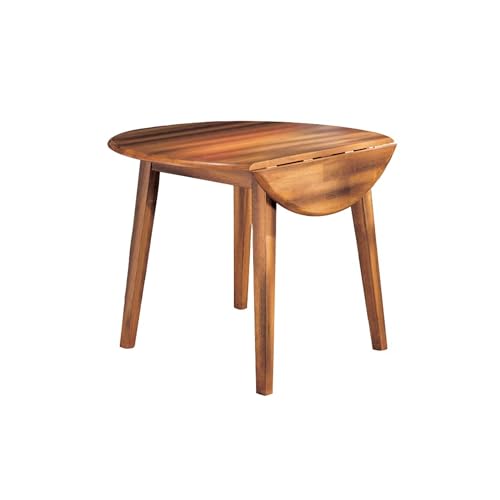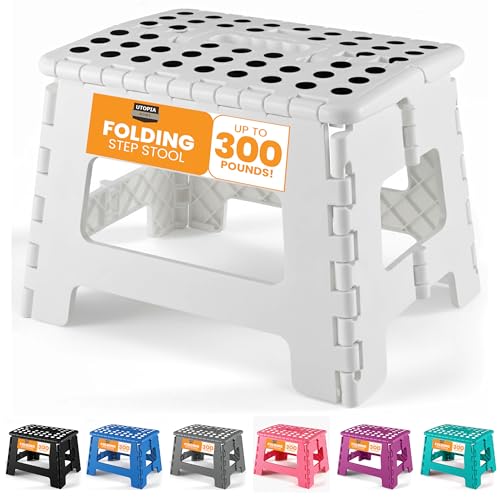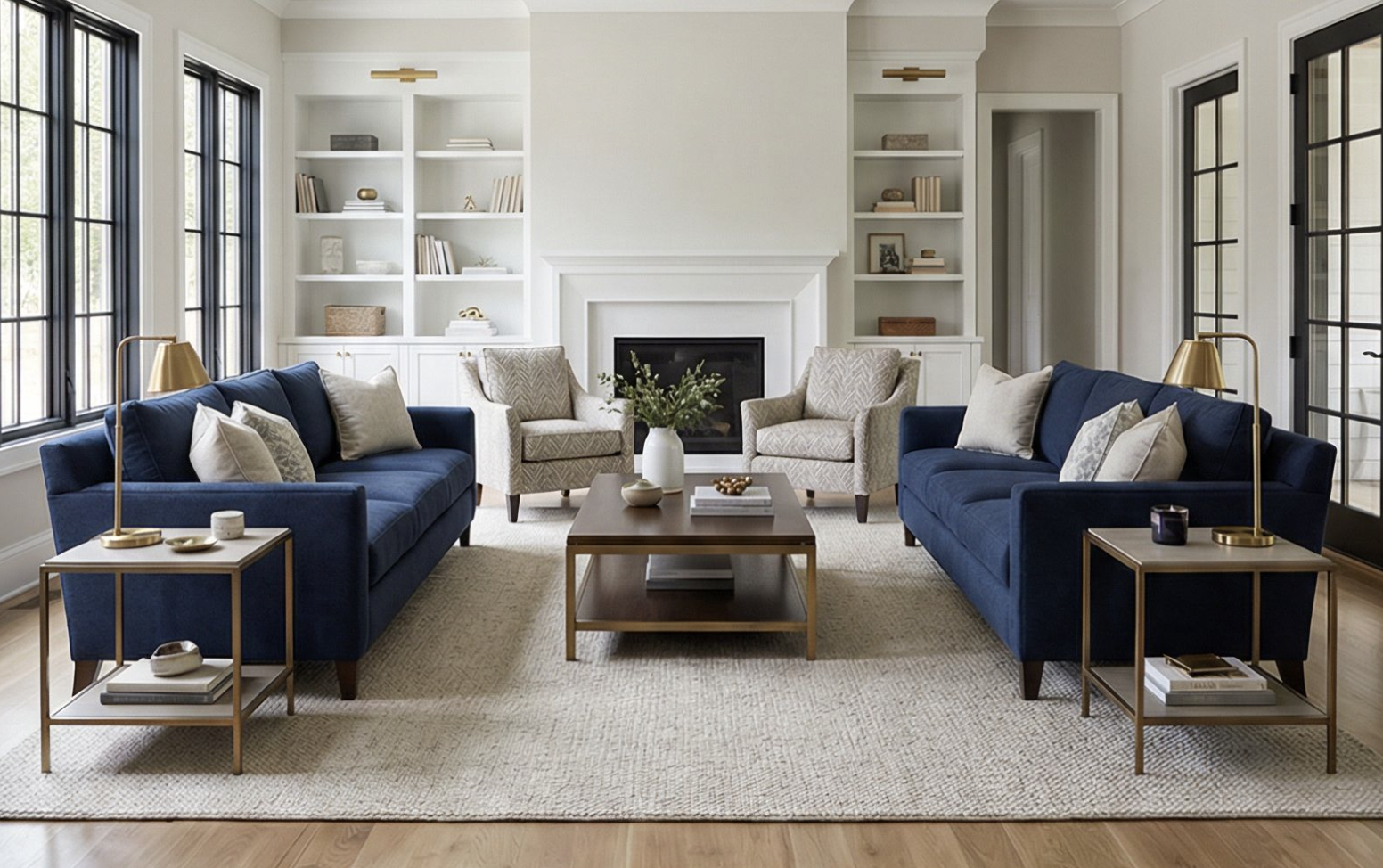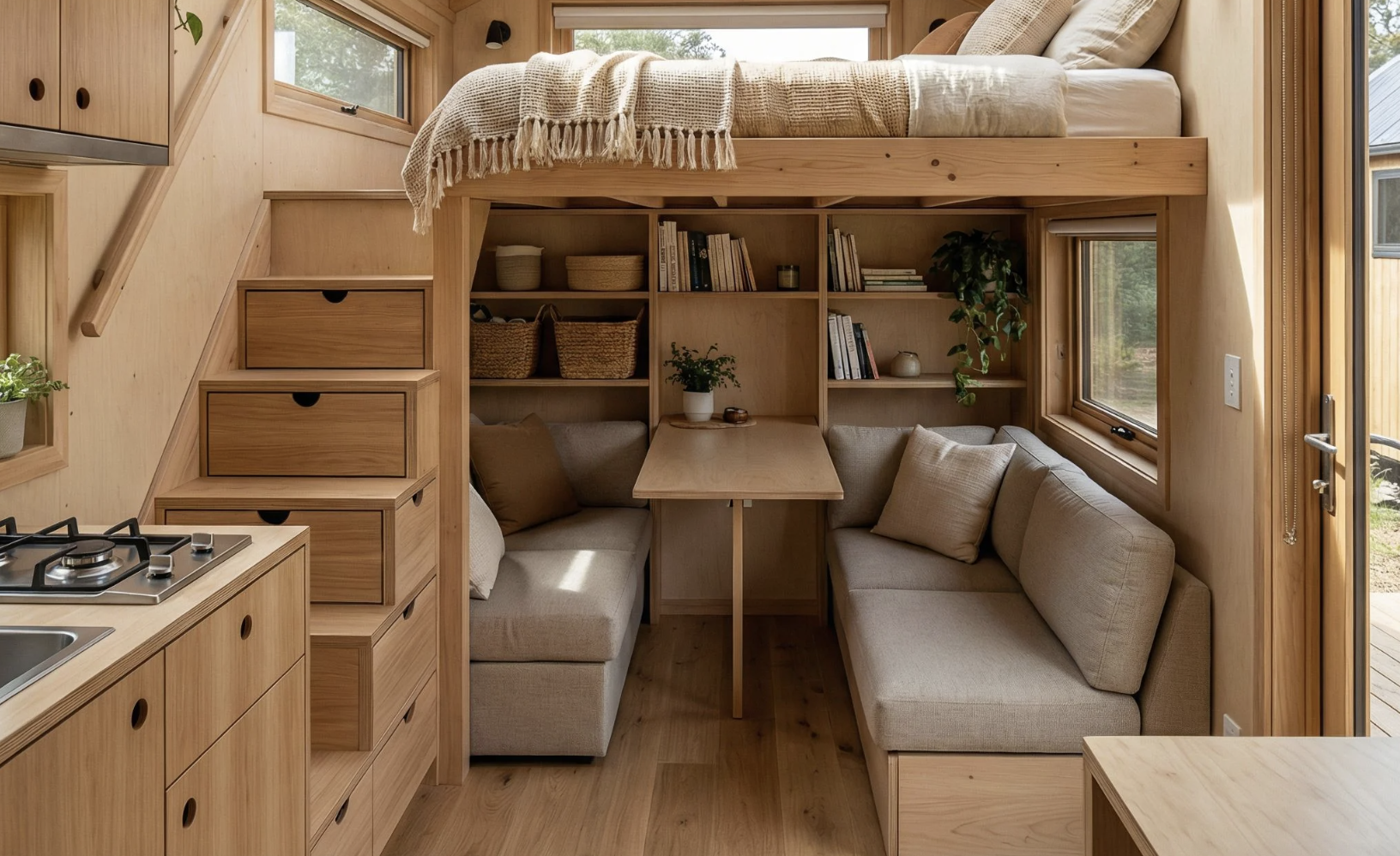
Loft beds have revolutionized tiny home living, transforming vertical space into functional sanctuaries that prove limitation breeds innovation. These elevated sleeping quarters don’t just maximize square footage—they create psychological boundaries that help our minds compartmentalize rest from daily activities. The following interiors showcase how thoughtful design converts compact footprints into homes that feel expansive, organized, and deeply personal.
In order to come up with the very specific design ideas, we create most designs with the assistance of state-of-the-art AI interior design software.
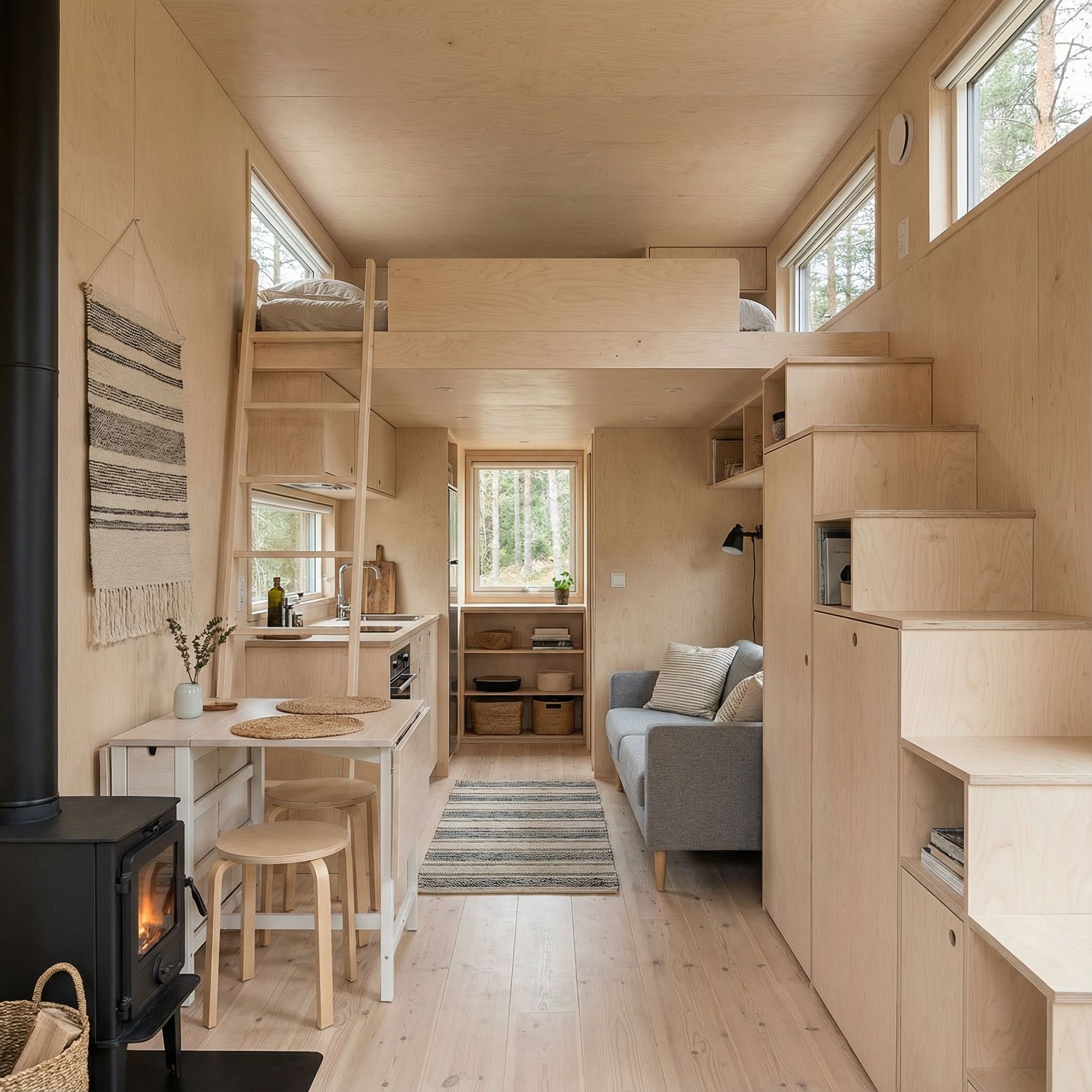
White-washed pine and soft gray textiles define this Nordic-inspired retreat where the loft bed hovers above minimalist living spaces. Natural light floods through unadorned windows, reflecting off pale surfaces to create what I call “expansive simplicity”—a design approach where restraint paradoxically generates spaciousness. The hygge-infused bedroom nook features sheepskin throws and understated pendant lighting for ultimate coziness.
Rustic Farmhouse Tiny Home Loft Bed Interior
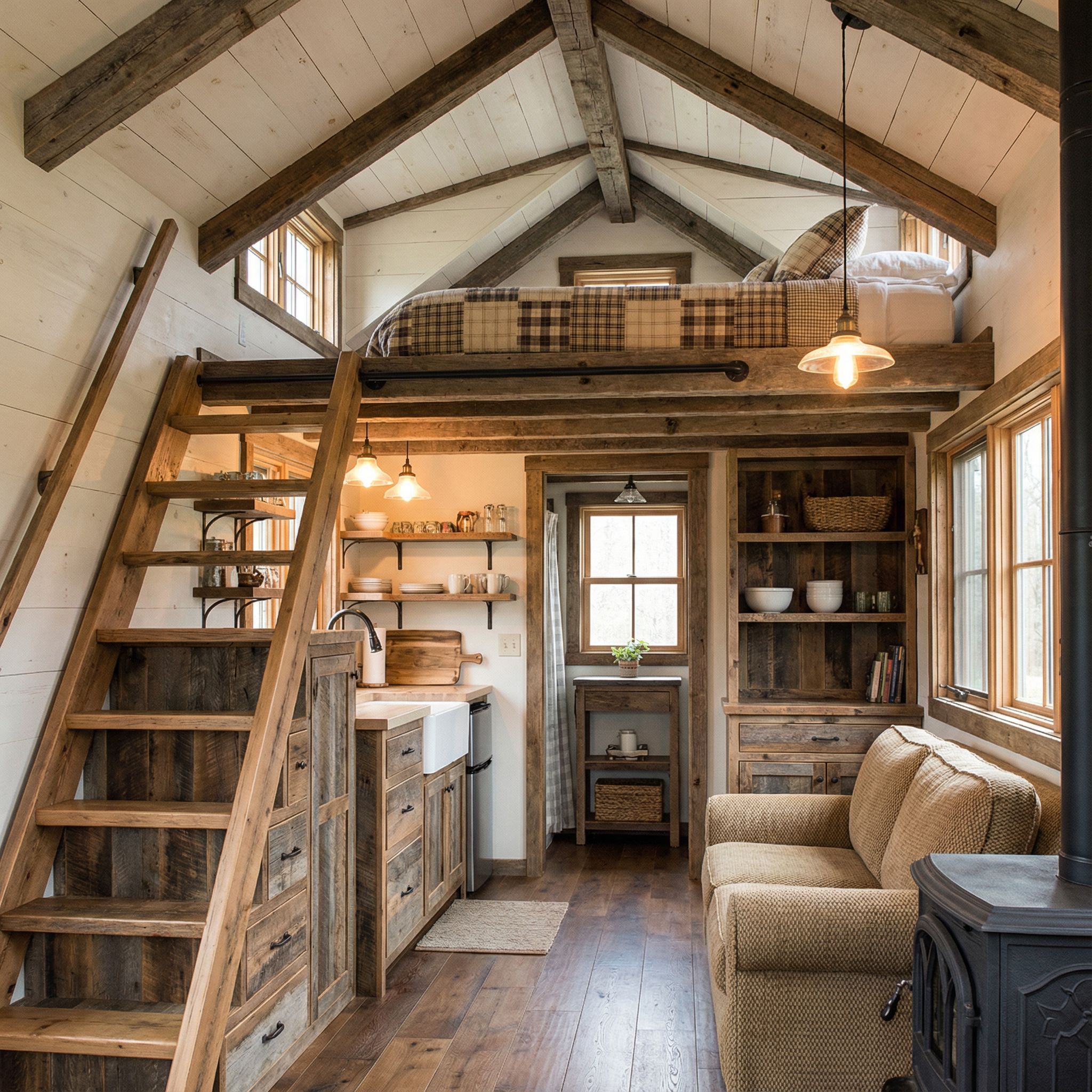
Reclaimed barn wood frames this loft bed, suspended above distressed white shiplap walls and vintage farmhouse furnishings. The design employs “nostalgic anchoring”—using familiar rural elements to create emotional safety in small spaces. Wrought iron railings and mason jar sconces add authentic charm while a ladder fashioned from weathered timber connects ground floor to sleeping quarters with rustic elegance.
Modern Minimalist Tiny Home Loft Bed Design
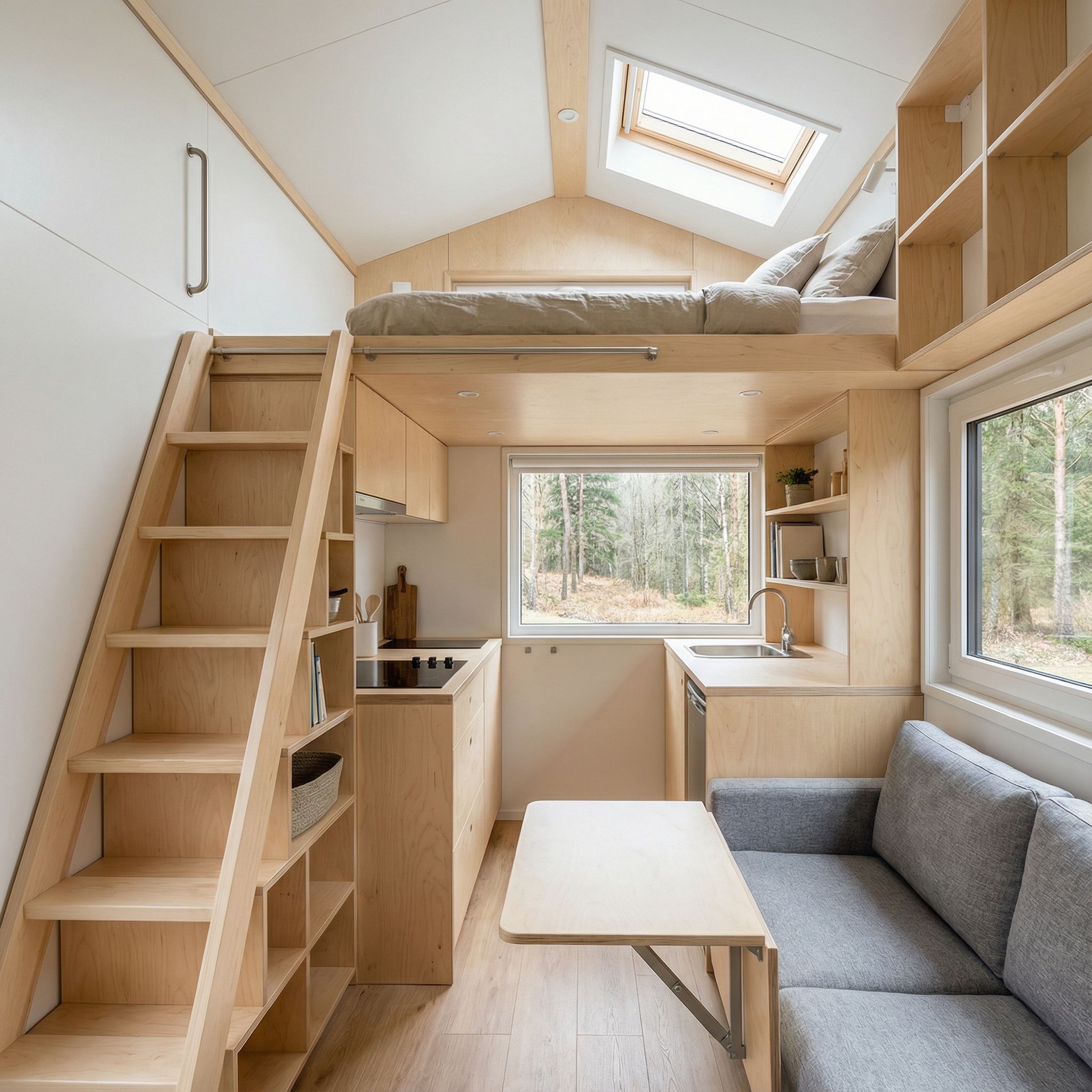
Clean lines and monochromatic palettes define this ultra-contemporary space where the loft bed appears to float effortlessly. Concealed LED strips outline the sleeping platform’s perimeter, creating ambient illumination that enhances the “architectural weightlessness” I’ve observed in successful minimalist designs. Integrated storage compartments maintain the uncluttered aesthetic while maximizing functionality beneath crisp white bedding.
Bohemian Tiny Home Interior with Loft Bed

Macramé hangings, jewel-toned textiles, and globally-inspired patterns transform this loft into an eclectic sanctuary. The design demonstrates “controlled chaos”—intentional layering of textures and colors that feels abundant rather than cramped. Moroccan floor cushions below complement the tapestry-draped sleeping nook above, while trailing plants soften hard edges and purify the compact interior atmosphere.
Industrial Style Tiny Home Loft Bed Space

Exposed steel beams support this utilitarian loft bed, echoing urban loft aesthetics within miniaturized proportions. Black metal railings, Edison bulb fixtures, and raw concrete accents create “refined roughness”—polished industrial elements that feel intentional rather than unfinished. The brutalist-inspired design appeals to those who find comfort in honest materials and straightforward construction celebrating structural integrity.
Coastal Tiny Home Interior with Loft Bed

Weathered driftwood accents and oceanic blues characterize this beach-inspired loft design that captures seaside tranquility. Rope railings and nautical stripes employ “environmental storytelling,” transporting inhabitants mentally to coastal landscapes regardless of actual location. Whitewashed walls reflect maximum light while woven seagrass textures and shell collections reinforce the maritime theme throughout vertical spaces.
Japanese-Inspired Tiny Home Loft Bed Interior
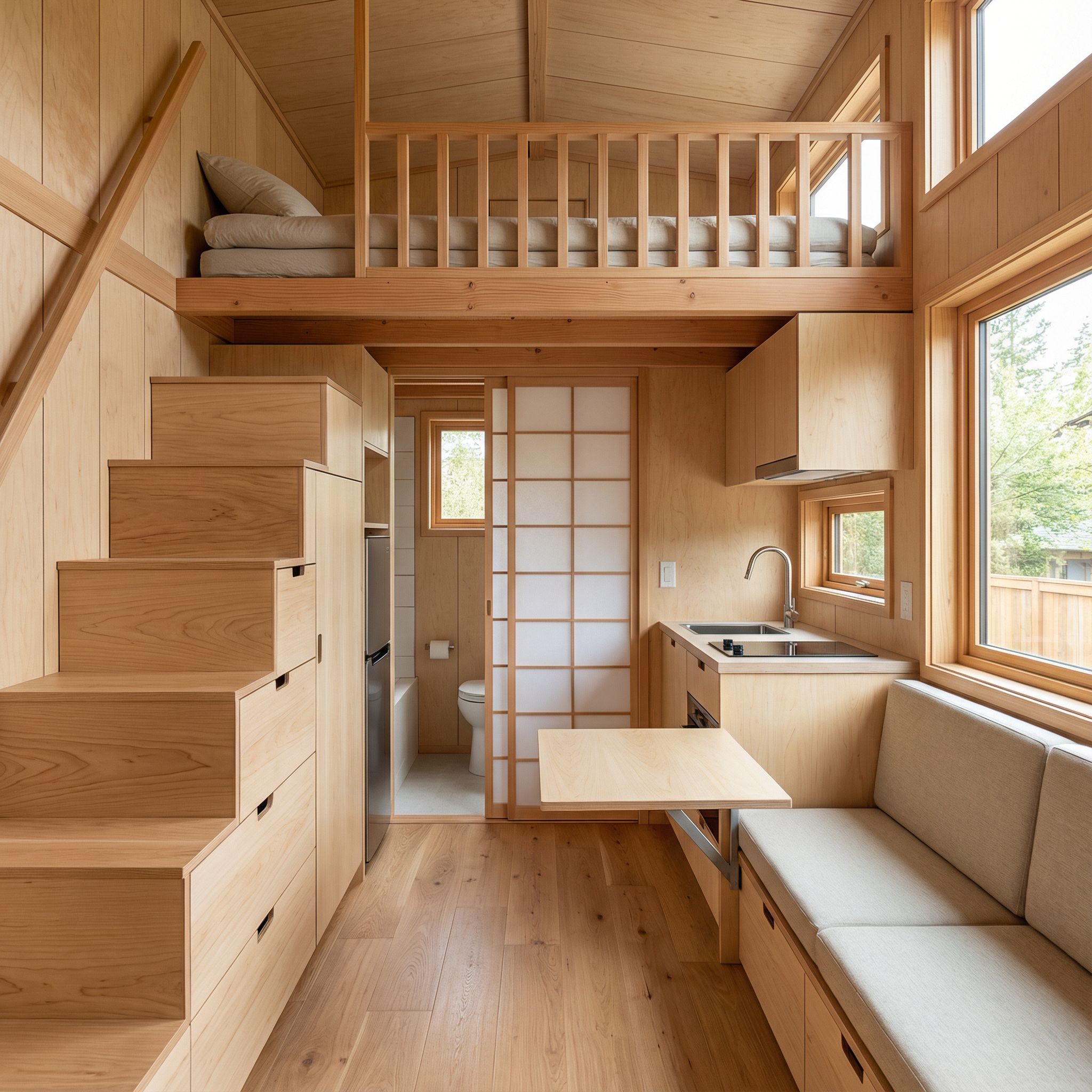
Shoji screens and low-profile furnishings complement this zen-influenced loft space rooted in wabi-sabi philosophy. The design embraces “intentional imperfection,” featuring natural wood grains and handcrafted elements that celebrate authentic materials. Tatami-style flooring below the sleeping platform and minimalist futon bedding above create harmonious simplicity that calms the nervous system in compact quarters.
Tiny Home Loft Bed with Skylight Windows
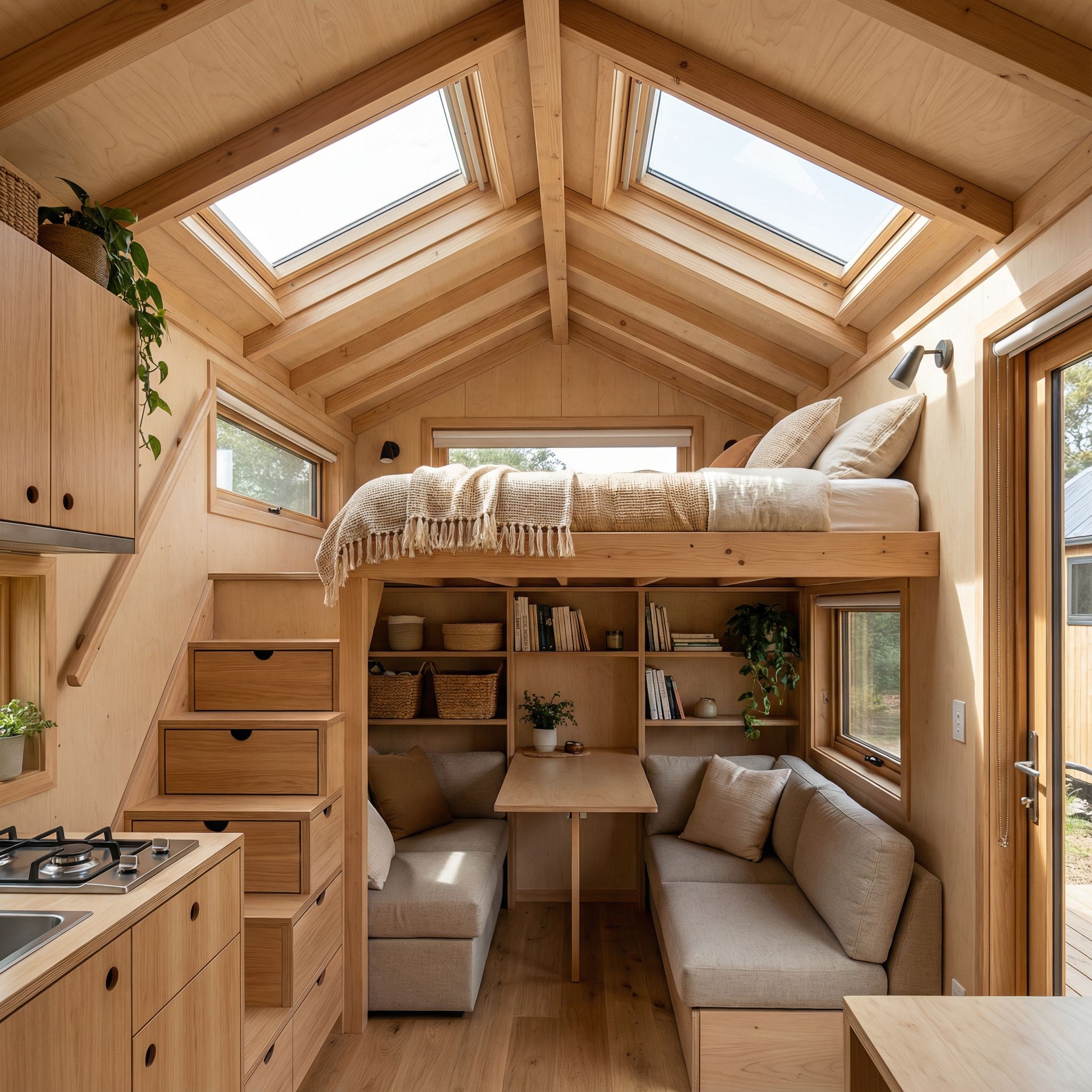
Overhead glass panels transform this loft bed into a stargazing sanctuary where sleepers wake to sunrise illumination. Strategic skylight placement creates “celestial connection”—a design philosophy linking inhabitants to natural cycles often lost in traditional housing. Blackout blinds provide darkness when needed, while the transparent ceiling dissolves spatial boundaries, making the compact bedroom feel boundless.
Mid-Century Modern Tiny Home Loft Bed Interior
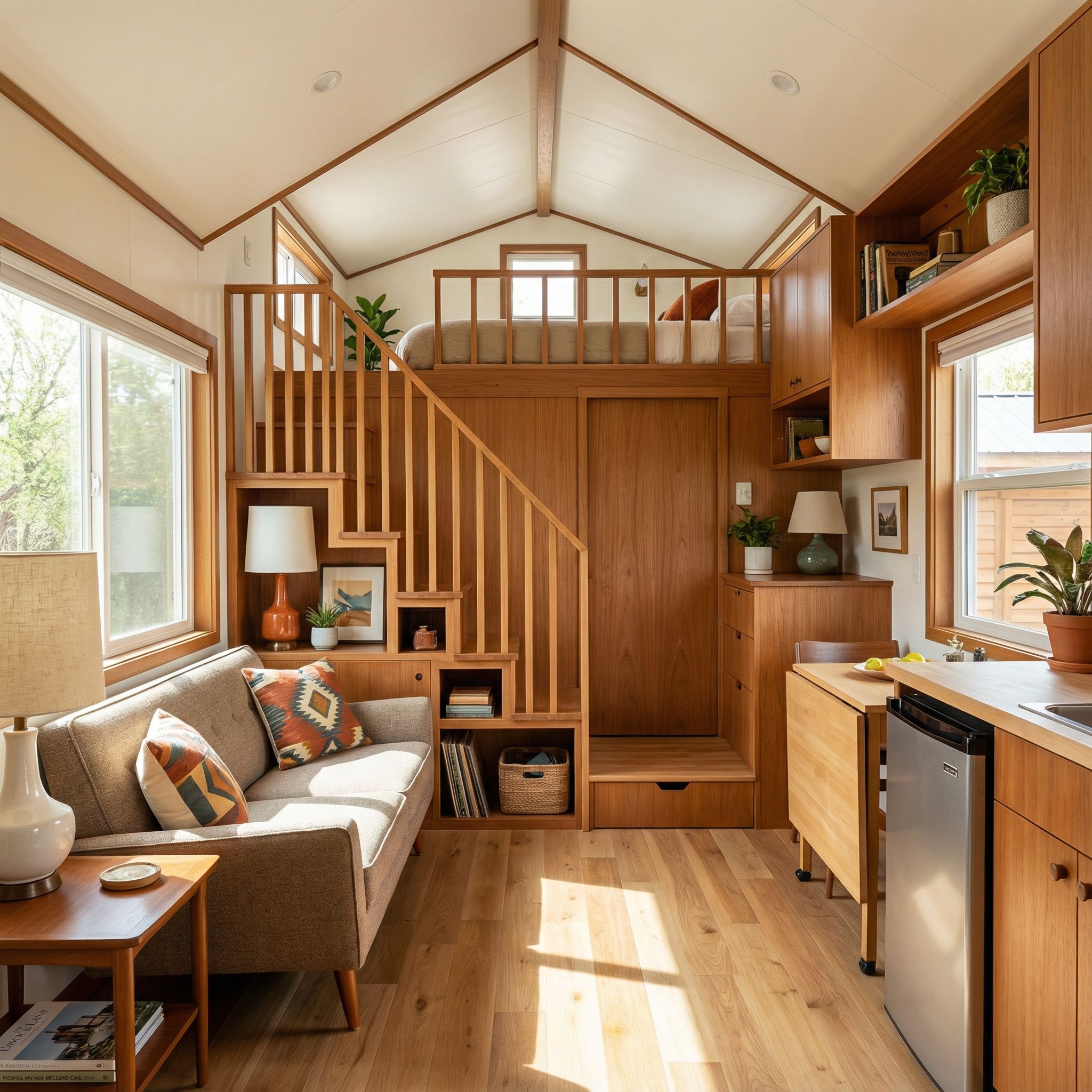
Tapered walnut legs, geometric patterns, and atomic-era color palettes define this retro-inspired loft design. The aesthetic employs “nostalgic futurism”—vintage optimism about space-age living now applied to actual space-saving solutions. Eames-style furnishings below and period-appropriate textiles above create cohesive design language that’s both playful and sophisticated within limited square footage.
Tiny Home Interior with Double Loft Bed
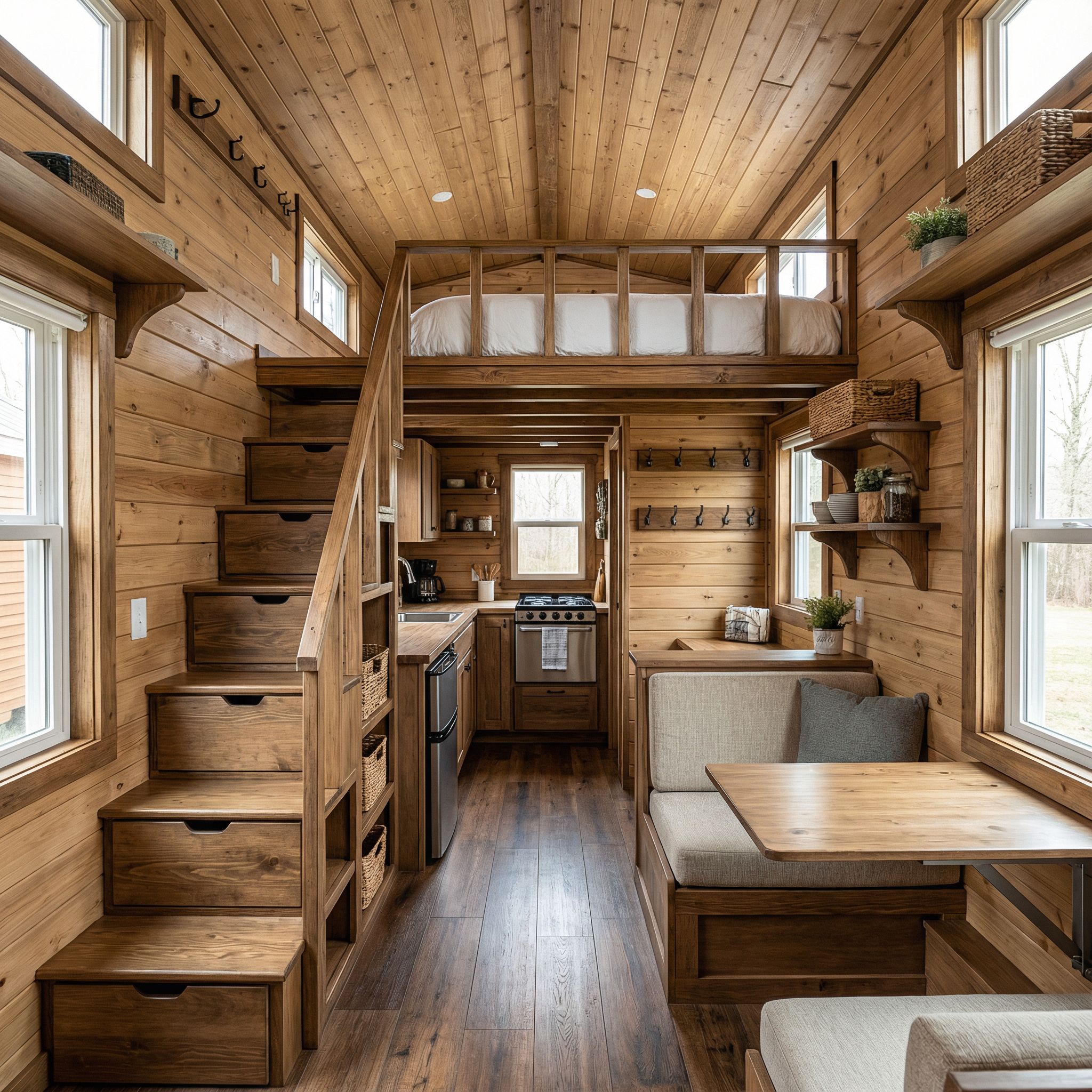
Twin sleeping platforms maximize vertical real estate in this innovative dual-loft configuration perfect for couples or families. The design demonstrates “vertical zoning,” creating separate personal territories that maintain privacy and individual identity within shared tiny spaces. Opposing loft positions with independent ladder access allow simultaneous use while preserving the open-concept living area below.
Tiny Home Loft Bed with Built-In Storage
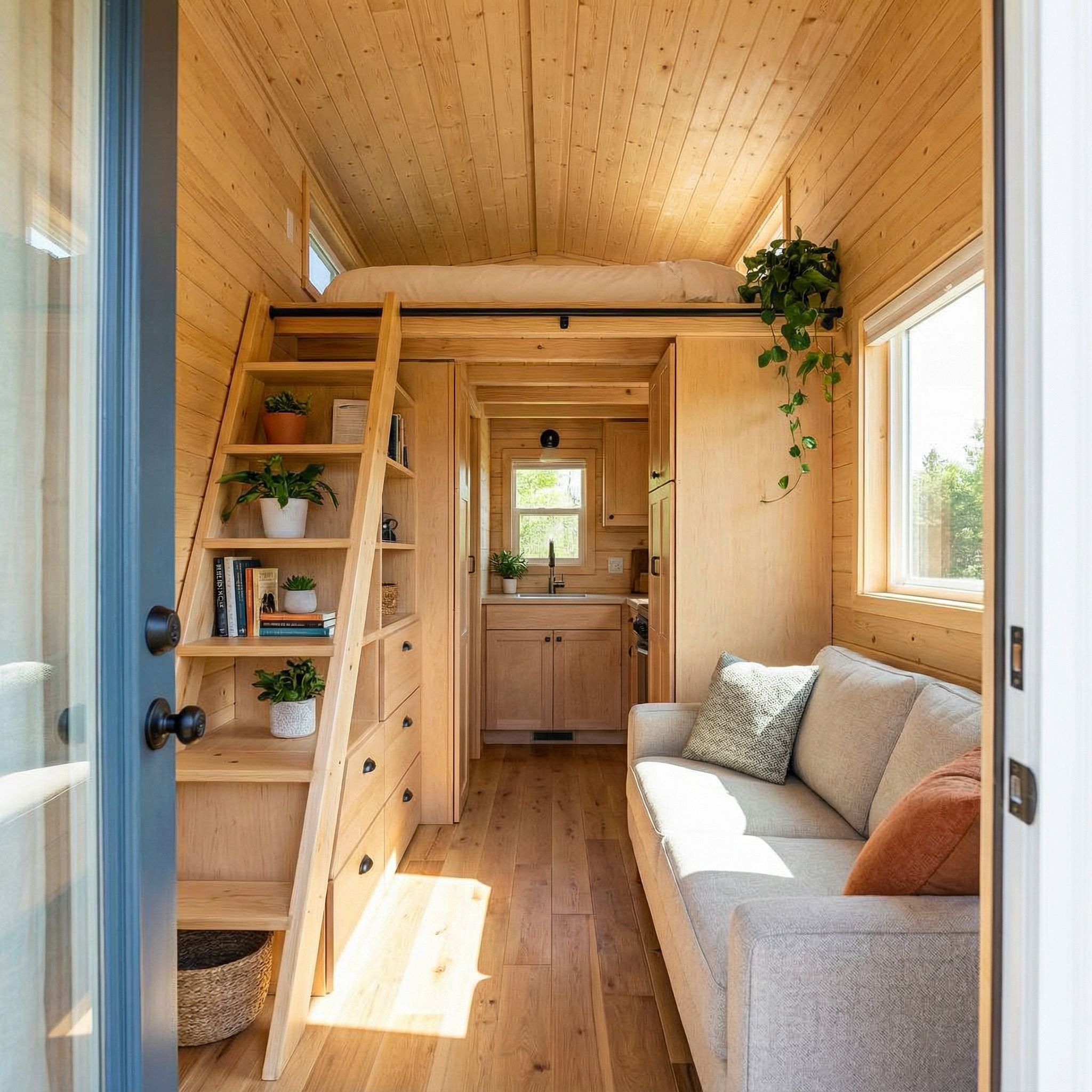
Integrated drawers, shelving units, and hidden compartments transform the loft structure itself into organizational infrastructure. This approach exemplifies “furniture hybridization”—multifunctional design where every element serves multiple purposes. The staircase doubles as a chest of drawers while the bed platform conceals pull-out storage bins, eliminating clutter without sacrificing accessible square footage.
Luxury Tiny Home Interior with Loft Bed
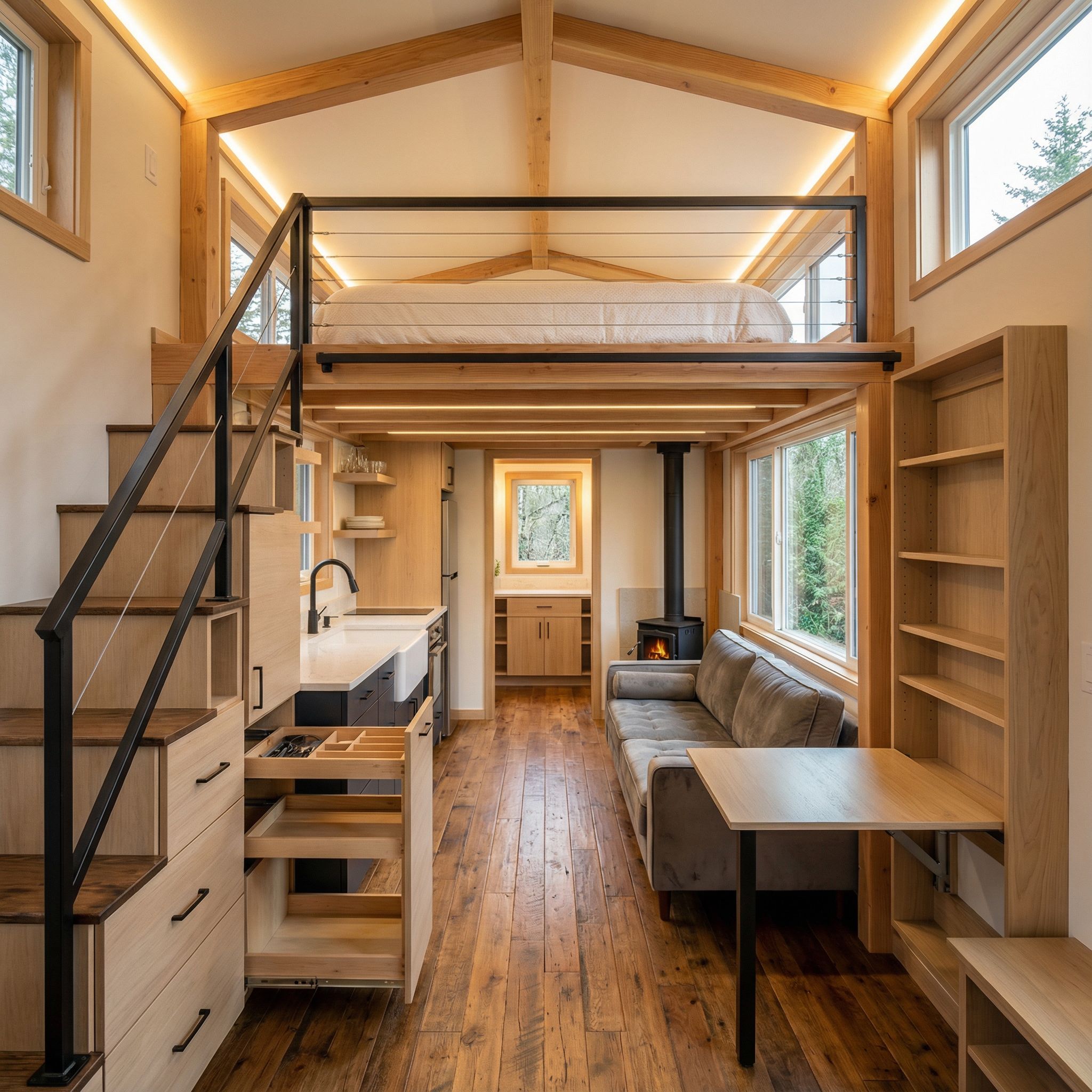
High-thread-count linens, velvet upholstery, and brass fixtures elevate this loft space to boutique hotel standards. The design proves “compressed luxury” is achievable—delivering premium experiences within minimal footprints through carefully curated quality over quantity. Marble accents, designer lighting, and plush carpeting demonstrate that tiny living needn’t compromise sophisticated tastes or elegant aesthetics.
Tiny Home Loft Bed with Staircase Access

Full-sized steps replace precarious ladders in this accessibility-focused design prioritizing safety and ease of movement. The staircase enables “universal tiny living,” accommodating varying mobility levels and late-night navigation without acrobatics. Built-in handrails and generous tread depth make the loft bedroom genuinely functional for daily use rather than merely occasional sleeping quarters.
Off-Grid Tiny Home Interior with Loft Bed

Solar-powered lighting and composting systems integrate seamlessly into this self-sufficient loft design for sustainable living. The interior demonstrates “ecological intentionality”—every material and system chosen for minimal environmental impact and maximum resource efficiency. Reclaimed materials, natural insulation, and rainwater collection create harmonious independence from conventional infrastructure while maintaining comfortable sleeping spaces.

White-washed walls meet blonde wood in this brilliantly conceived space where every element serves dual purposes. A dining table folds into a desk, while built-in benches conceal cavernous storage beneath cushioned seating. This design style taps into our psychological need for calm and order.
Rustic Modern Tiny Home Interior with Natural Materials
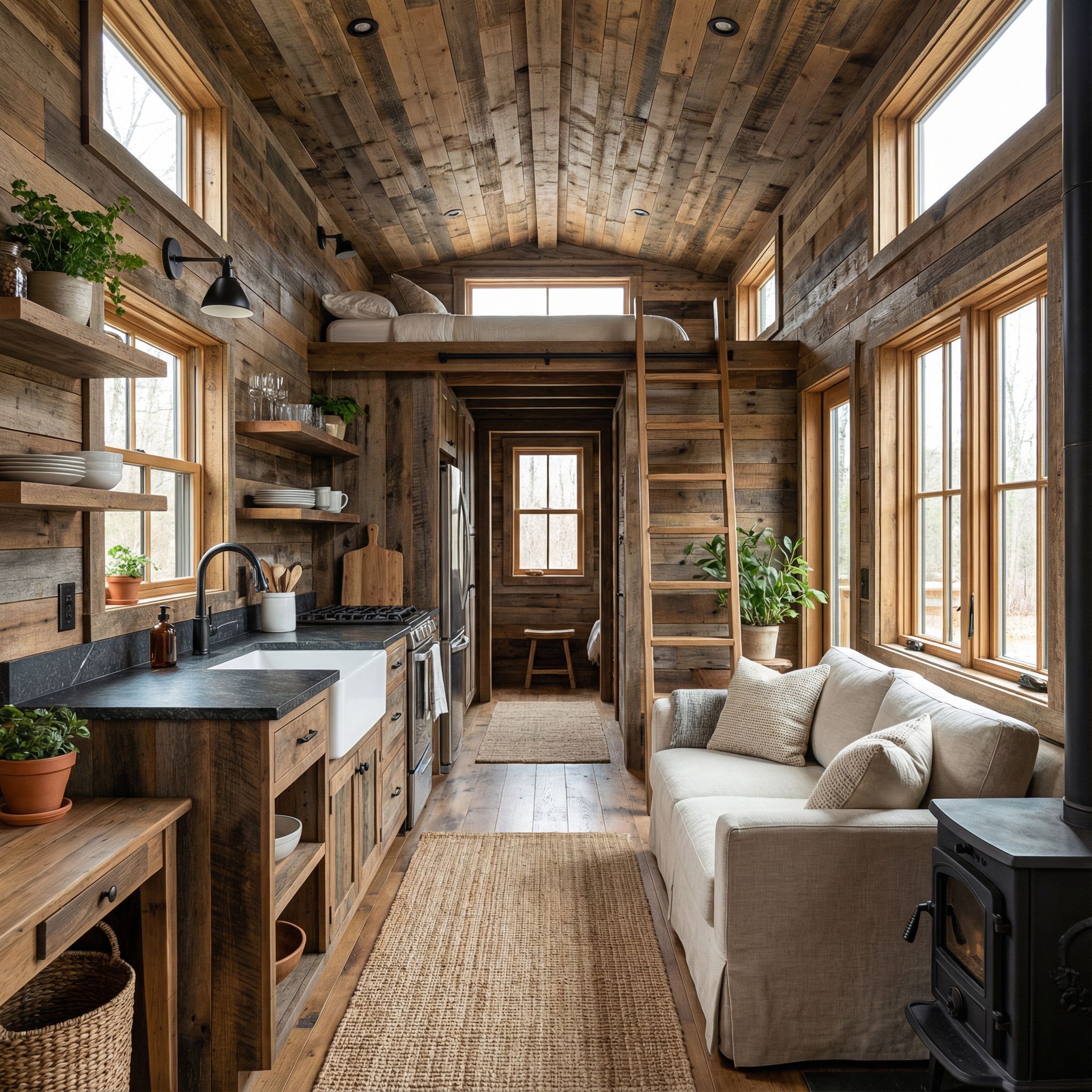
Reclaimed barn wood accents against sleek concrete countertops create textural harmony that grounds inhabitants emotionally. Exposed beams and copper fixtures add warmth while maintaining contemporary lines. This approach satisfies our innate desire to connect with nature indoors.
Tiny Home Interior with Light-Maximizing Design

Harness natural and artificial light to dissolve spatial boundaries. Strategically placed mirrors amplify sunlight, while glass partitions maintain openness. White and pale palettes reflect luminosity, creating airy atmospheres that psychologically combat claustrophobia. Skylights and clerestory windows introduce overhead brightness, transforming tiny homes into what I term “luminous sanctuaries” where light becomes your most valuable design element.
Contemporary Tiny Home Interior with Loft Bed
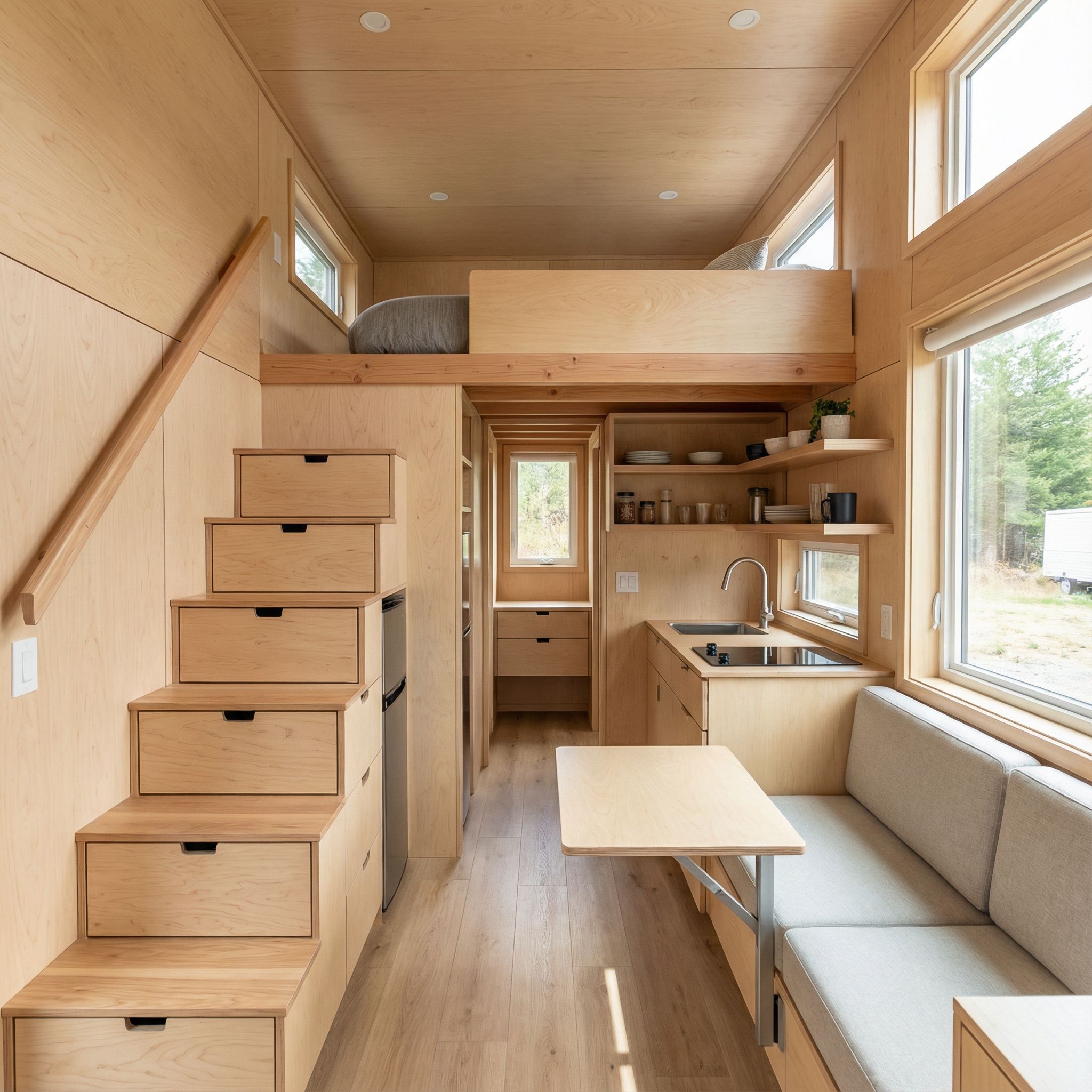
Sleek surfaces, innovative materials, and current design trends characterize this forward-thinking loft interior. The space showcases “present-tense design”—avoiding dated elements to maintain relevance and visual freshness. Floor-to-ceiling windows, handleless cabinetry, and smart home integration create a sophisticated environment that feels distinctly of-the-moment while maximizing vertical sleeping arrangements.
Tiny Home Loft Bed with Ladder Design

A sculptural ladder becomes architectural focal point in this space-conscious design emphasizing verticality and movement. The access feature demonstrates “functional artistry”—utilitarian elements elevated to aesthetic statements through thoughtful craftsmanship. Whether sleek metal rungs or artistic wooden construction, the ladder contributes visual interest while efficiently connecting floor levels without consuming precious floor space.
Tiny Home Interior with Kids Loft Bed
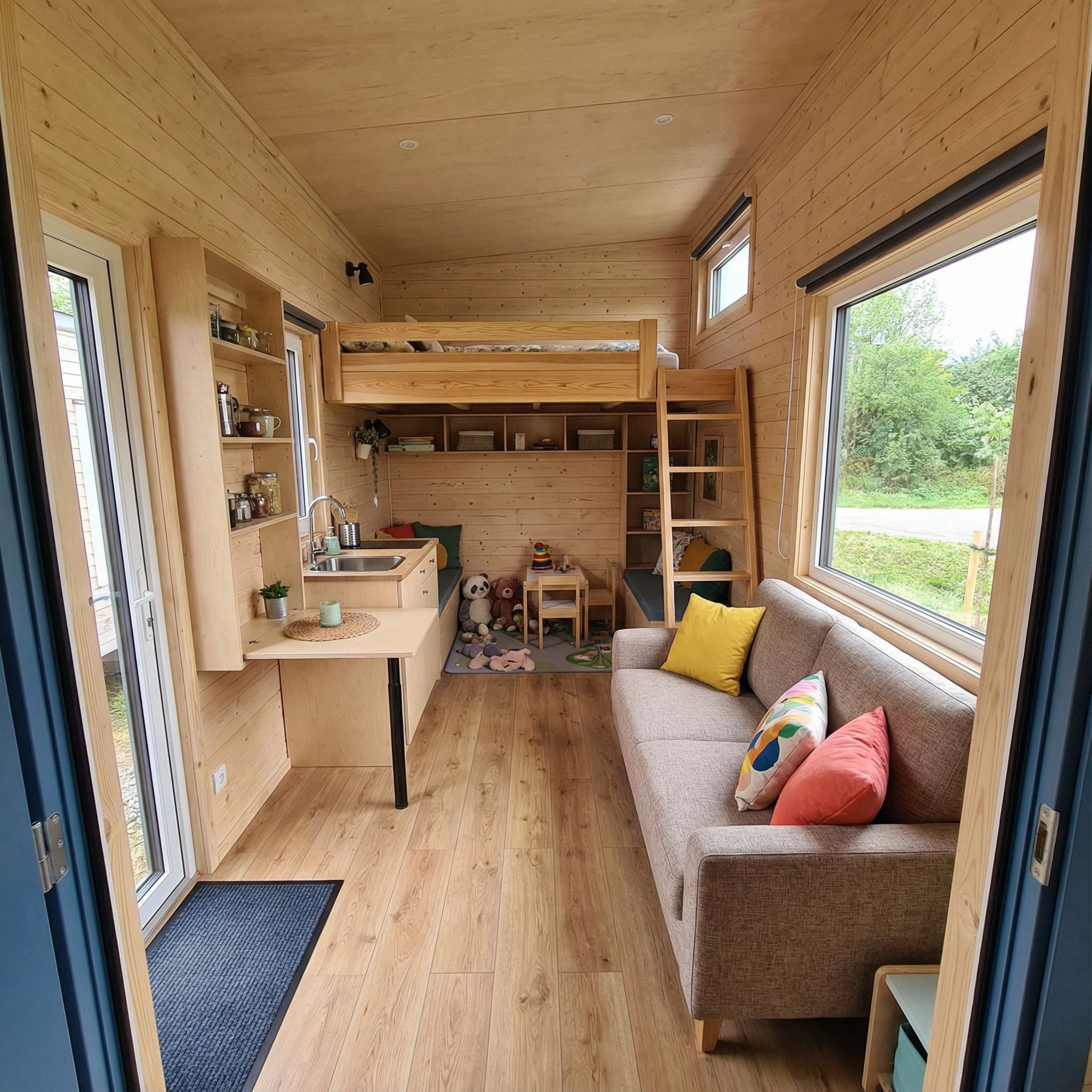
Vibrant colors, playful patterns, and imaginative details transform this loft into a childhood adventure zone. The design employs “developmental staging”—creating environments that stimulate creativity while maintaining safety and accessibility for younger inhabitants. Low railings, cushioned flooring below, and whimsical decorative elements make the elevated sleeping space feel like a treehouse hideaway.
Tiny Home Loft Bed with Workspace Below

A fully-equipped desk station nestles beneath the sleeping platform, creating dedicated professional space within residential quarters. This layout demonstrates “zonal separation”—using vertical arrangement to psychologically distinguish work from rest despite physical proximity. Proper task lighting, ergonomic seating, and organizational systems enable productive remote work without sacrificing sleeping comfort overhead.
Tiny Home Interior with Low-Ceiling Loft Bed
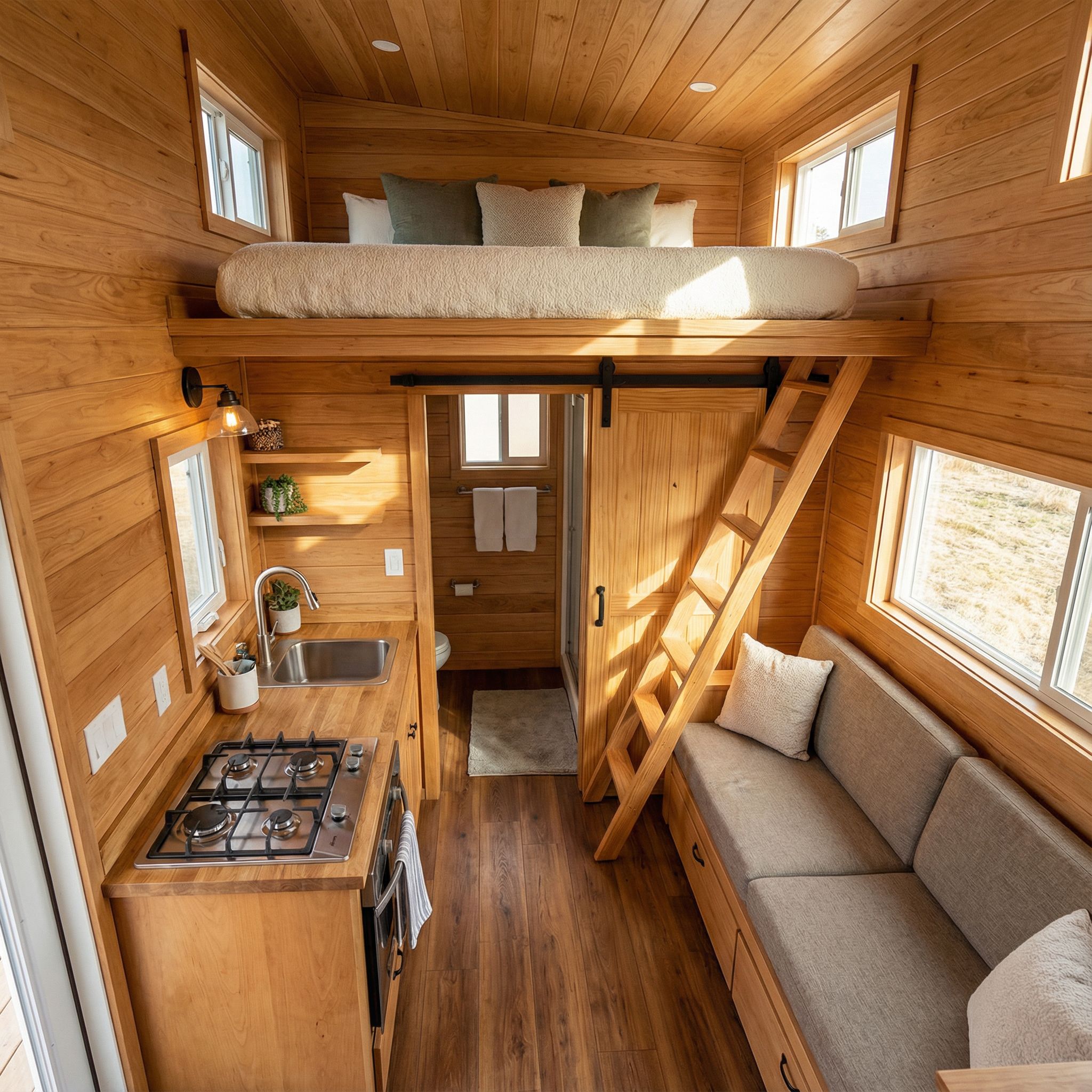
Strategic mattress selection and minimalist bedding compensate for reduced headroom in this ultra-compact loft design. The space proves “compressed comfort” is possible through thoughtful planning and expectation management. While sitting upright may be impossible, the sleeping experience remains perfectly adequate, and the trade-off preserves valuable ceiling height in main living areas.
Tiny Home Loft Bed with String Lighting
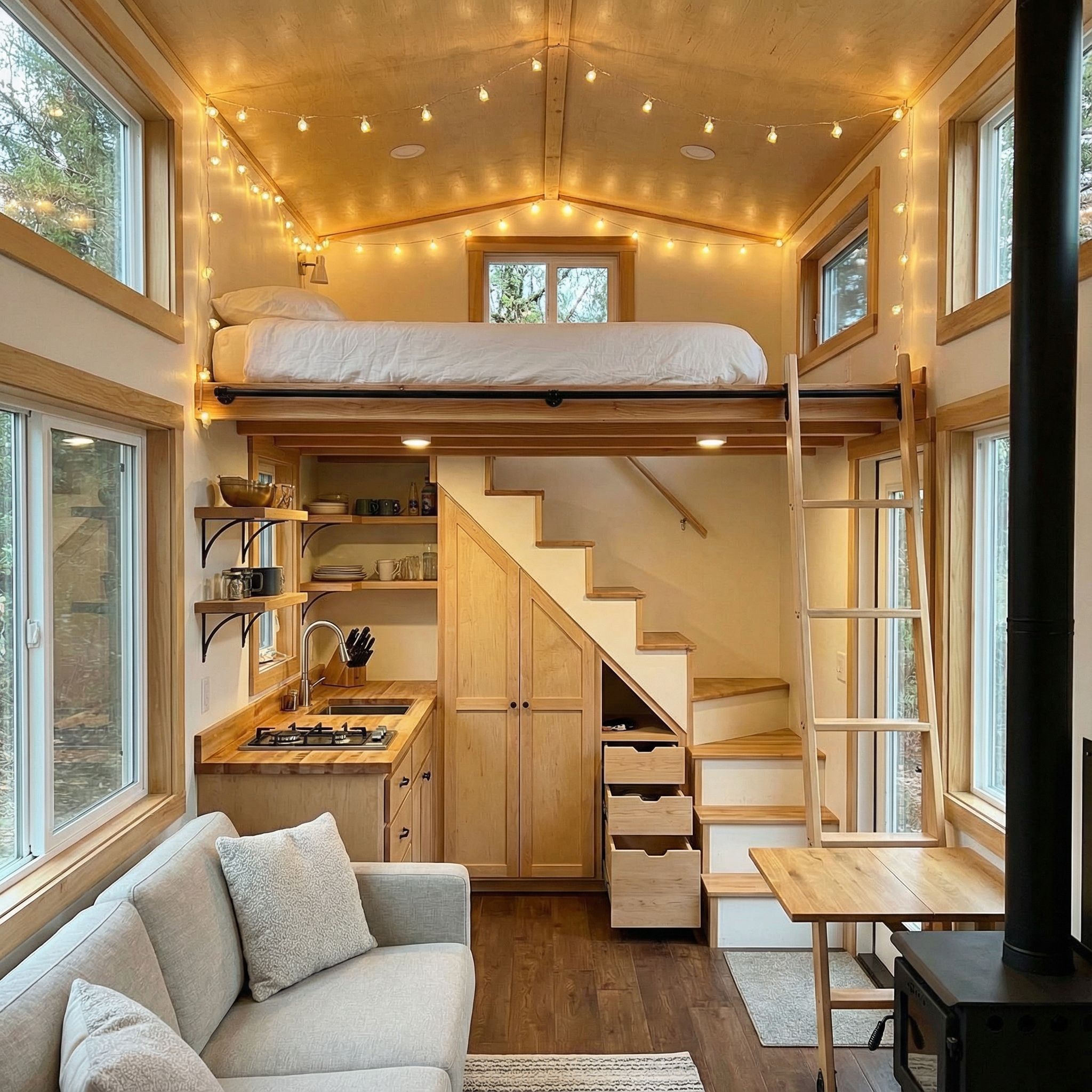
Delicate fairy lights outline the loft perimeter, creating enchanting ambiance and soft illumination for nighttime navigation. This lighting approach exemplifies “atmospheric layering”—using multiple light sources at varying intensities to control mood and functionality. The twinkling strands add magical warmth while serving practical purposes, transforming the sleeping platform into a glowing sanctuary.
Open-Concept Tiny Home Interior with Loft Bed

Minimal walls and transparent railings maintain visual flow throughout this airy loft design emphasizing connectivity. The layout demonstrates “permeable boundaries”—creating functional zones without solid barriers that fragment limited space. Sightlines extend throughout the interior, making the compact footprint feel surprisingly expansive while the loft bed floats overhead without visual obstruction.
Tiny Home Interior with Guest Loft Bed

A secondary sleeping platform accommodates overnight visitors without dedicating permanent square footage to guest rooms. The design demonstrates “occasional functionality”—infrastructure that activates when needed but remains unobtrusive otherwise. Quality mattresses, accessible bedding storage, and dedicated lighting make guests feel genuinely welcome rather than merely tolerated within the compact home.
Tiny Home Loft Bed with Natural Wood

Unfinished timber celebrates organic beauty in this biophilic loft design connecting inhabitants to nature. The material choice employs “tactile grounding”—using natural elements to reduce stress and enhance wellbeing in confined quarters. Live-edge details, visible grain patterns, and warm honey tones create soothing environments that feel rooted in forest landscapes despite limited dimensions.



